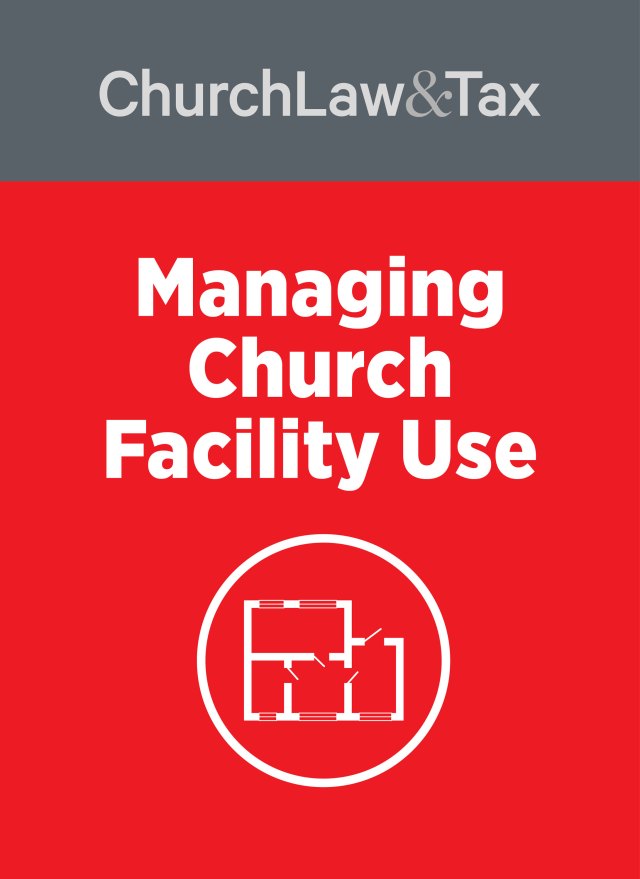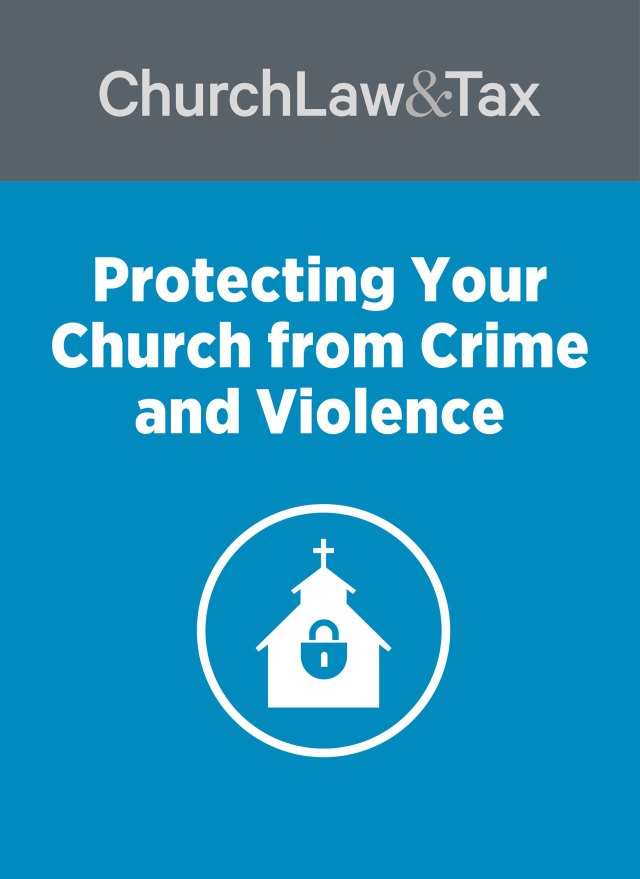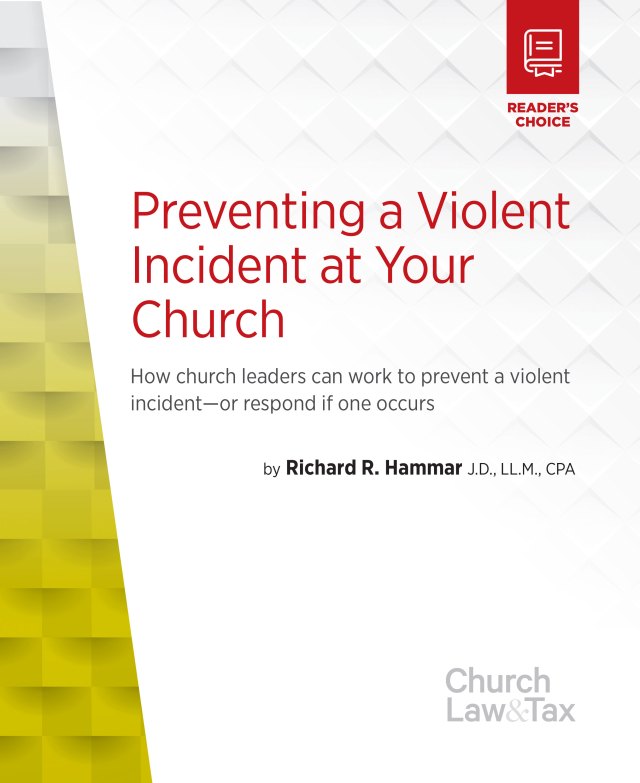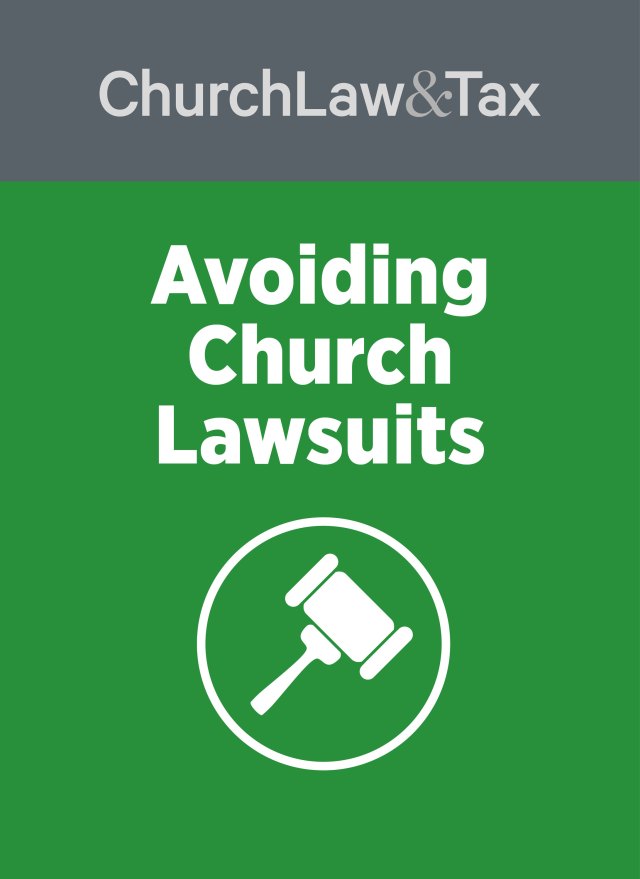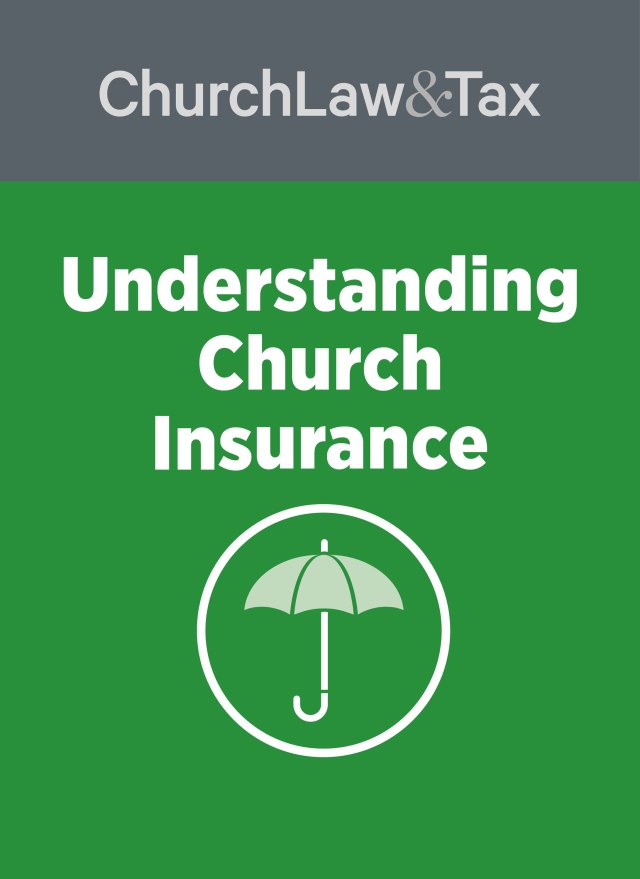Like security guards, crime-fighting technologies should be implemented as a result of either or both of the following grounds:
(a) A legal duty to install technological devices may exist because the risk of shootings or other violent crimes on church property is highly foreseeable based on the following factors:
- Whether any criminal conduct previously occurred on or near the property;
- How recently and how often similar crimes occurred;
- How similar the previous crimes were to the conduct in question; and
- What publicity was given the previous crimes to indicate that the church knew or should have known about them?
(b) The use of one or more technological devices is deemed necessary to further a church’s theological and biblical principles, whether or not legally required.
In evaluating the feasibility of various technologies to prevent or reduce the risk of shootings in public schools, the United States Department of Justice noted that the effectiveness, affordability, and acceptability of each technology must be considered. To illustrate, many church leaders would regard metal detectors at church entrances to be unacceptable, even if affordable and effective, because they are incompatible with the concept of “sanctuary” and are at odds with biblical assurances of providence and divine protection. For many smaller churches, such devices would be unaffordable.
Listed below are three different devices that often are used to prevent or reduce the risk of crime. In each case, church leaders should consider the device’s effectiveness, affordability, and acceptability in evaluating its usefulness.
Surveillance Cameras
Surveillance cameras ordinarily cannot prevent shootings and other violent crimes on church property.
Cameras can act as a deterrent to crime, provide a record of what happened, allow church staff to monitor the entire church campus from a single location, and expedite a call to the police.
The downsides? Cameras are expensive and must be monitored by humans with limited attention spans. Cameras also require a level of technical expertise to select and operate. Using cameras in a church may also lead to some debate among members. Cameras are also limited in scope—they cannot provide full coverage of a church campus.
Metal Detectors
While metal detectors may be anathema to many church leaders, they should be considered in terms of their effectiveness, affordability, and acceptability. However, few churches, even those in high crime areas, use them.
And, while they work very well and are considered a mature technology, metal detectors are very expense. They also require someone who is trained and can interpret the results.
Entry Control Devices
There are four ways that places of public accommodation can permit or deny access.
The first and most common approach is manpower intensive, and the remaining three employ technology devices. These four approaches are:
- A security guard controls entry; ID cards or other means of identification may be checked.
- Electronic devices, such as a card reader, check special ID cards or badges issued to persons whose access is permitted. Viable card technologies for schools include bar codes or magnetic strips for card-swipe readers (such as those used for most credit cards) or passive or active radio frequency (RF) cards for proximity readers, which can validate a card several inches to several feet away (depending on the cost of the system).
- A PIN number is issued to persons whose access is permitted, and such persons enter the number on a keypad to gain admittance.
- A biometric device for feature recognition.
Such measures, like the use of metal detectors at church entrances, would not stop an armed and dedicated assailant. In addition, they would not be acceptable to most congregations since:
- They would exclude visitors from attending church.
- They would not accommodate members who forget their badge or card, or forget their PIN number. This could happen to any member, but the elderly would be most vulnerable to unintended exclusion.
- Card readers do not read cards that have become demagnetized.
- In the case of keypads and card readers, there is no way to ascertain that only a single authorized person is entering, since unauthorized persons could “tailgate” (follow an authorized person through the checkpoint).
- Cards and badges can be stolen and used by unauthorized persons.
- The cost of a card or badge reader, or keypad system, can be substantial, especially if used at more than one entry. e prospect of unhappy church members standing outside in the rain, unable to enter their church because of a machine malfunction, is an unpleasant but virtually certain scenario.
- Keypads and card readers are prone to malfunction. The prospect of unhappy church members standing outside in the rain, unable to enter their church because of a machine malfunction, is an unpleasant but virtually certain scenario.
Some churches use keypads or card readers during the week to restrict access to church employees.

